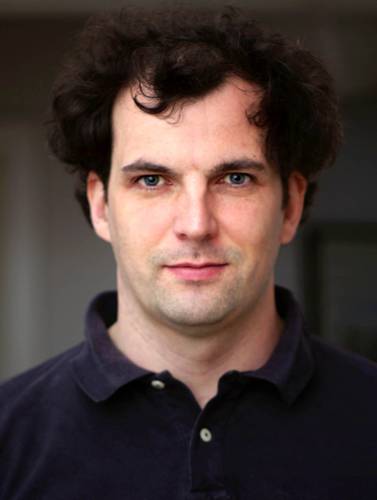
In January, Moritz Kreysing started his work as a group leader at the MPI-CBG. He came to Dresden from the Ludwig Maximilian University of Munich, where he was a postdoctoral researcher in the lab for Systems Biophysics. Prior to this, he graduated in physics from the University of Leipzig and then moved on to the Cavendish Laboratory at the University of Cambridge where he received his PhD.
His research at the MPI-CBG will address one of the retina’s most surprising, but least investigated characteristics, its optical architecture. Since the light sensitive portions of the photoreceptor cells are found on the back of the retina, light needs to travel through several layers of tissue before being detected. “I want to understand the mysterious transparency of retinal tissue by looking at the relative arrangement of cells and the structure of their constituents”, explains Kreysing. His research approach mixes classical biology with physical methods. During his study of physics he got in touch with biology via optical systems. “In my undergraduate studies, I built a laser trap that was able to hold and rotate cells.
Another part of his work at the MPI-CBG will be dedicated to questions regarding the origin of life: How does life originate from chemistry? Which environment allows the system to develop life? Moritz Kreysing points out: “Our most recent findings show how physical out-of-equilibrium conditions, like temperature gradients, are able to sustain the complexity of molecular systems against entropic costs.”
His decision to come to the MPI-CBG in Dresden was not hard: “My first impression of the MPI-CBG was that this is a democratic place. The institute is structured in a very interdisciplinary way and there is a good combination of expertise relevant to my research interests. I am looking forward to working with everyone ”, states Kreysing as his reasons for coming to Dresden. After the day’s work is done, Moritz loves to build his own cameras. At the moment he is assembling a digital large format camera, a project he hopes to have finished by the time his first daughter arrives.